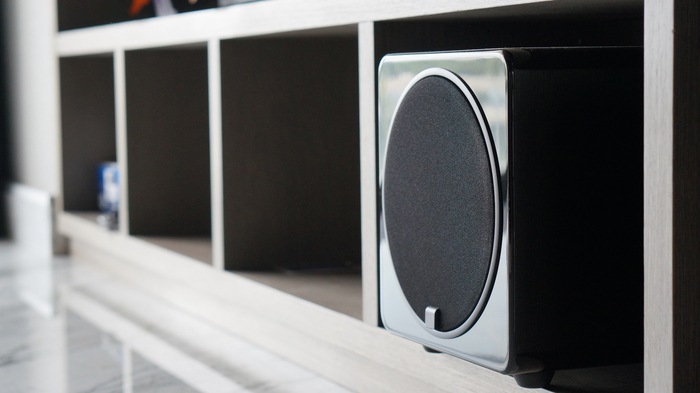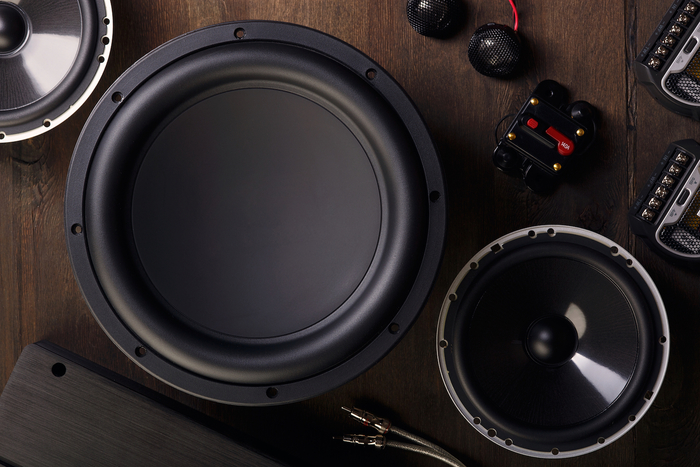Whether you’re playing drum solos in your car, setting up your home theater system to watch the new Avengers movie, or building a stereo system for your band, you’re probably looking for that deep, juicy bass. To get this sound, you need a subwoofer.
A subwoofer is a type of speaker that reproduces bass like bass and sub-bass. The subwoofer will take the low-pitched audio signal and convert it into sound that the subwoofer can’t produce.
If your speaker system is set up correctly, you can experience deep, rich sound. How do subwoofer work?what are the best subwoofer, and do they really have that much of an impact on your overall sound system? Here’s what you need to know.
What is a subwoofer?
If you have a subwoofer, there must be one more subwoofer, right? correct. Most woofers or normal speakers can only produce sound down to about 50 Hz. The subwoofer produces low frequency sound down to 20 Hz. Hence, the name “subwoofer” comes from the low growl that dogs make when they bark.
While the difference between the 50 Hz threshold of most speakers and the subwoofer’s 20 Hz threshold may sounds insignificant, the results are noticeable. A subwoofer lets you feel the bass in a song and movie, or whatever else you’re listening to. The lower the low frequency response of the subwoofer, the stronger and more juicy the bass will be.
Since these tones are so low, some people can’t actually even hear the bass from the subwoofer. That’s why the subwoofer’s feel component is so important.
Young, healthy ears can only hear sounds as low as 20 Hz, which means middle-aged ears sometimes struggle to hear sounds that deep. With a subwoofer, you’re sure to feel the vibration even if you can’t hear it.
How does a subwoofer work?
The subwoofer connects to other speakers in the complete sound system. If you play music at home, you probably have a subwoofer connected to your audio receiver. When music is played through the speakers, it sends low-pitched sounds to the subwoofer to reproduce them efficiently.
When it comes to understanding how subwoofers work, you may come across both active and passive types. Active subwoofer has a built-in amplifier. Passive subwoofers require an external amplifier. If you choose to use an active subwoofer, you’ll need to buy a subwoofer cable, as you’ll have to connect it to the sound system’s receiver, as described above.
You’ll notice that in a home theater sound system, the subwoofer is the largest speaker. Is bigger one better? Yes! The bigger the subwoofer speaker, the deeper the sound. Only bulkier speakers can produce the deep tones you hear from a subwoofer.
What about vibration? How does this work? The effectiveness of a subwoofer depends largely on its location. Professional audio engineers recommend placing subwoofers:
Under the furniture. If you really want to feel the vibrations of the deep, rich sound of a movie or musical composition, placing it under your furniture, such as a sofa or chair, can enhance those sensations.
next to a wall. Place your subwoofer box next to a wall so the sound will reverberate through the wall and boost the bass.
How to choose the best subwoofer
Similar to regular speakers, the specs of a subwoofer can affect the buying process. Depending on what you’re after, this is what to look for.
Frequency Range
The lowest frequency of a subwoofer is the lowest sound a speaker driver can produce. The highest frequency is the highest sound the driver can get. The best subwoofers produce sound down to 20 Hz, but one must look at the frequency range to see how the subwoofer fits into the overall stereo system.
Sensitivity
When looking at the specs of popular subwoofers, look at the sensitivity. This indicates how much power is required to produce a specific sound. The higher the sensitivity, the less power a subwoofer needs to produce the same bass as a speaker of the same level.
Cabinet type
Enclosed subwoofers that are already built into the subwoofer box tend to give you a deeper, fuller sound than an unenclosed one. A perforated case is better for louder sounds, but not necessarily deeper tones.
Impedance
Impedance, measured in ohms, is related to the resistance of the device to the current through the audio source. Most subwoofers have an impedance of 4 ohms, but you can also find 2 ohm and 8 ohm subwoofers.
Voice coil
Most subwoofers come with a single voice coil, but truly experienced or enthusiastic audio enthusiasts often opt for dual voice coil subwoofers. With two voice coils, you can connect the sound system as you see fit.
Strength
When choosing the best subwoofer, be sure to look at the power rated. In a subwoofer, the RMS power rated is more important than the peak power rated. This is because it measures continuous power rather than peak power. If you already have an amplifier, make sure the subwoofer you’re looking at can handle that power output.
Post time: Aug-11-2022



